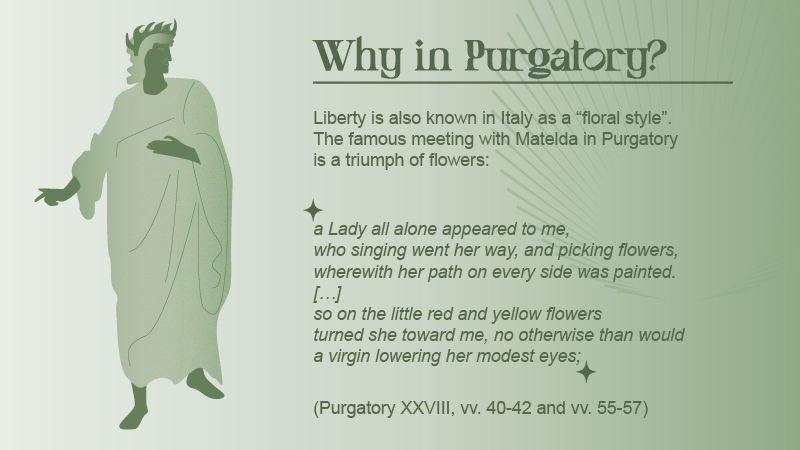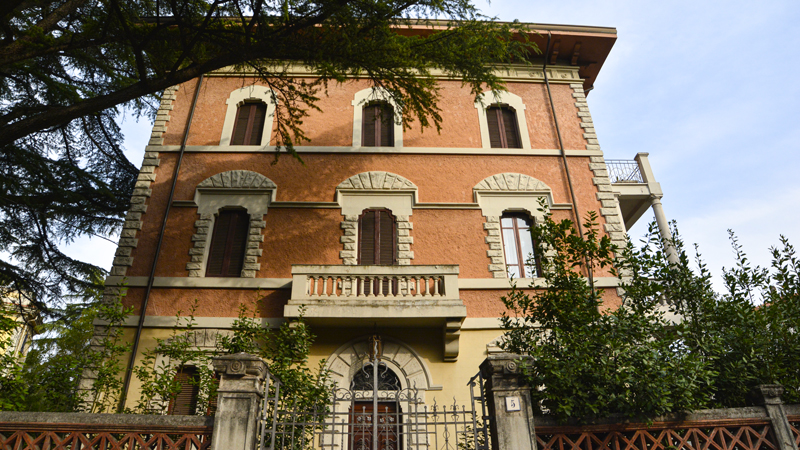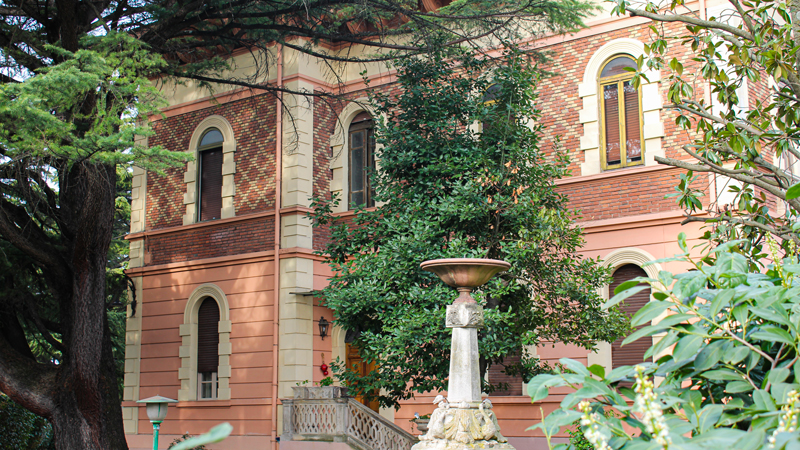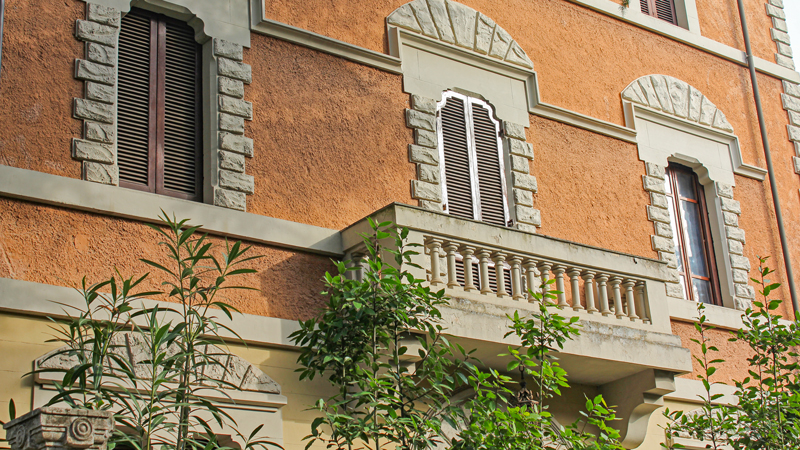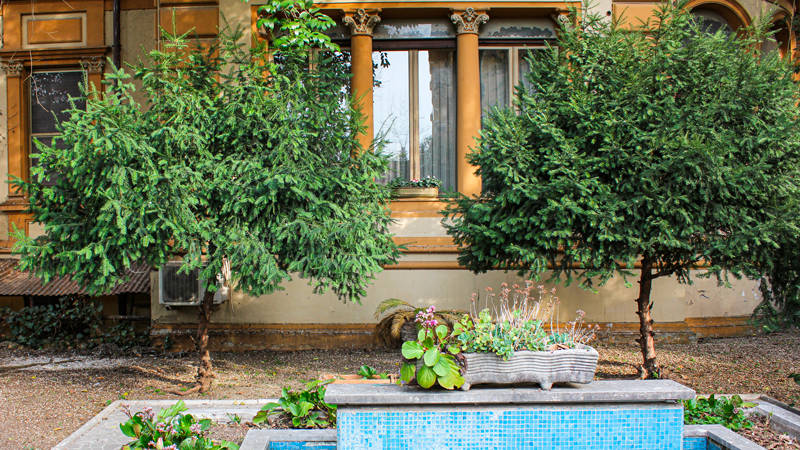In the first decade of the twentieth century, the new middle class contributed to the cityscape of Foligno by building their villas. These residences were meant to stand out to affirm the economic prestige of the owners, favoring the spread of a new architectural style, as in the case of the villa Castellani, the villa Cingolani and the two villas Cimarelli and Wermouth. In the early 1920s, the Roman surveyor Giovan Battista Placidi carried out various projects in Foligno for new prestigious building types with structural elements that are still inspired by the Liberty style, albeit in more linear and geometric shapes. The projects of Giuseppe Mainardi date back to 1924 and they contributed decisively to the spread of the new eclectic taste. In the meantime, the "Economic Houses Cooperative Society" was set up, bringing to life the Liberty-style neighborhood made of sixteen prestigious villas located in the area adjacent to the railway station and designed by the engineer Felice Sabatini between 1925 and 1927.
Discover “ARTE DA INCIAMPO. UN PERCORSO ALLA SCOPERTA DELLA FOLIGNO CONTEMPORANEA”

Il progetto Divina Foligno è sviluppato nell’ambito del “programma Agenda urbana di Foligno Smart community - Comunità, Sostenibilità – Foligno 2020” intervento OT.6 INT_01 “Realizzazione della rete di attrattori culturali attraverso la realizzazione di itinerari culturali e tematici

The Divina Foligno project is promoted and financed as part of the "Urban Agenda of Foligno Smart community - Community, Sustainability - Foligno 2020 program" intervention OT.6 INT_01 "Creation of a network of cultural attractions through the creation of cultural and thematic itineraries"

Copyright © 2022 Landmark. All rights reserved.


